I decided to briefly go over the descriptive part of the Atlas 3D printer from the American manufacturer Titan Robotics, which on the Russian market has so far only echoes from English-speaking members of the forum and several videos on the Russian segment of Instagram. BUT!

The Atlas 3D printer has a screw principle of material feeding. Is this a good solution for Atlas? Let's figure it out.
Screw
Recently stumbled upon an article on the internet titled “The Best Extruders for 3D Printers,” which described the various BAR feeding and melting systems. Guys, what if we discard the bar and print right from the granulate! Yes Yes. It is possible! As the guys from Colossus this principle works, and it works very well! Not only is there a reduction in the cost of raw materials, since there is no intermediate stage of redistribution of the material, it is also possible to vary the characteristics of the material by “playing with compounds”. However, if this has already been done and there are successful and ready-made solutions on the market, then what is the peculiarity here? The point is, gentlemen, that this 3D printer has a combined system. That is, you want to print from barthreads, you want from granules. Good or bad, that's another question, only one thing can be said for sure - a good solution for those who have accumulated a large number of 3D printers with traditional feed in production. baryarns, where it is clearly impossible to get away from the suppliers of extruded raw materials. Some good solution for the "transition period" from threads to augers.
dimensions

So. What kind of camera should a 3D printer have that prints from granules? Where can you use fiber additives that allow you to print at high speed and without shrinkage? Probably from 3 meters on the side? That's right, but Atlas has a maximum printable area of 106cm x 106cm x 121cm.
That is, nothing new.
Performance

It prints very quickly with special compounds, but the speed of printing with traditional materials (ABS, PLA, PET-G) is limited by the physical and mechanical processes of 3D printing in the atmosphere.
That is, nothing new.
Materials

Flexible: TPE / TPU
Standard: PLA / ABS / PC
High Performance: Glass or Carbon Fiber Filled 20-50% ABS / PC / PA / PPO / PEI / PPSU / PEEK / PEKK
That is, nothing new.
Intermediate withdrawal
In fact, another manufacturer of 3D printers, which is conceptually no different from its competitors in terms of 3D printing with granules. The presence of a screw, and, as a result, the possibility of providing a choice, filament or granulate, allows the manufacturer to raise the level of 3D printing both for his own and for the client and use the machine as a transitional option to a huge industrial machine for industrial 3D printing. But so far from another manufacturer, since the Titan Robotics fleet does not yet have a worthy “continuer” of the “auger” family. Whether this is temporary or not, time will tell. The company's ambitions are serious. We follow the news.

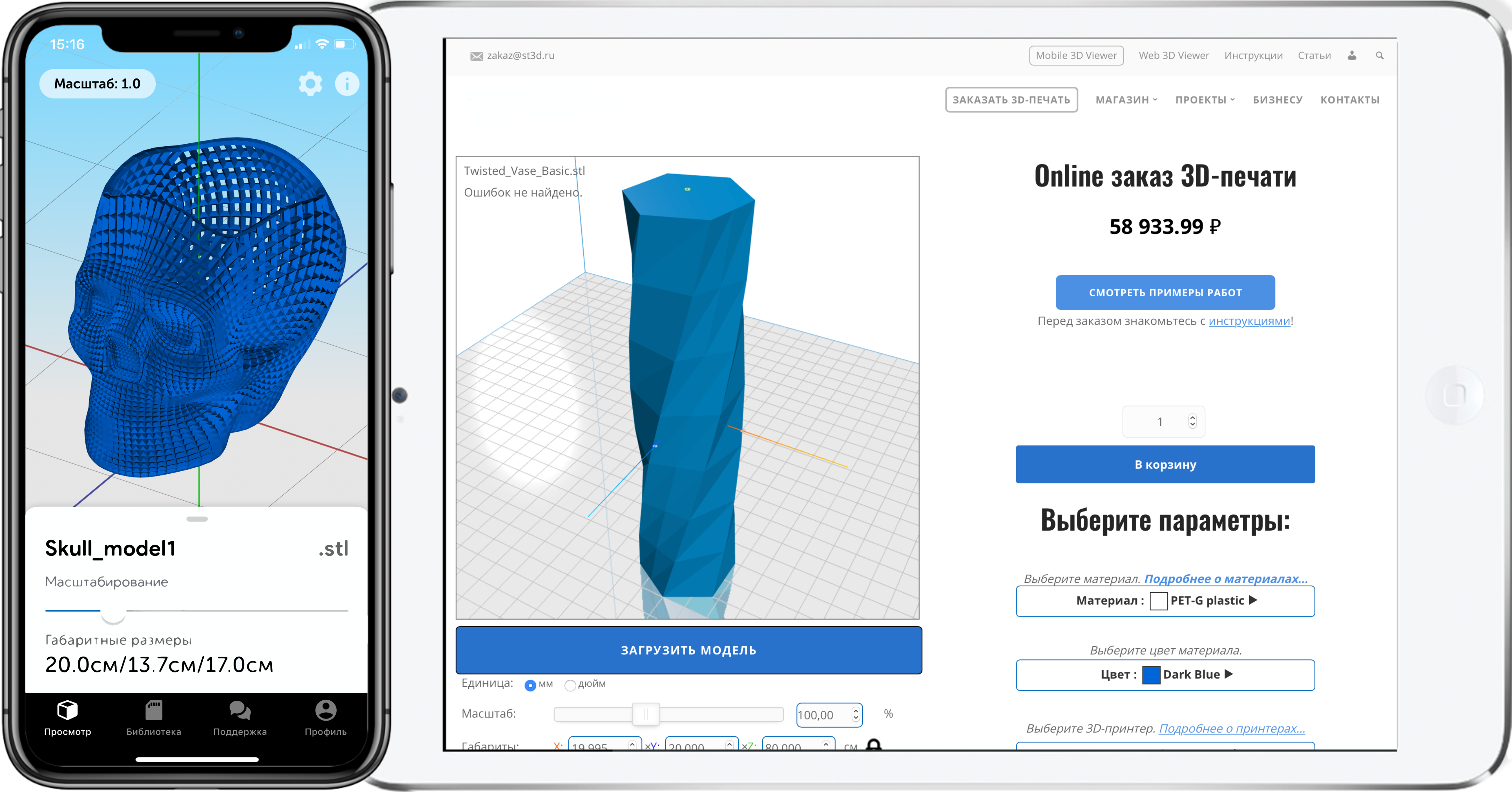



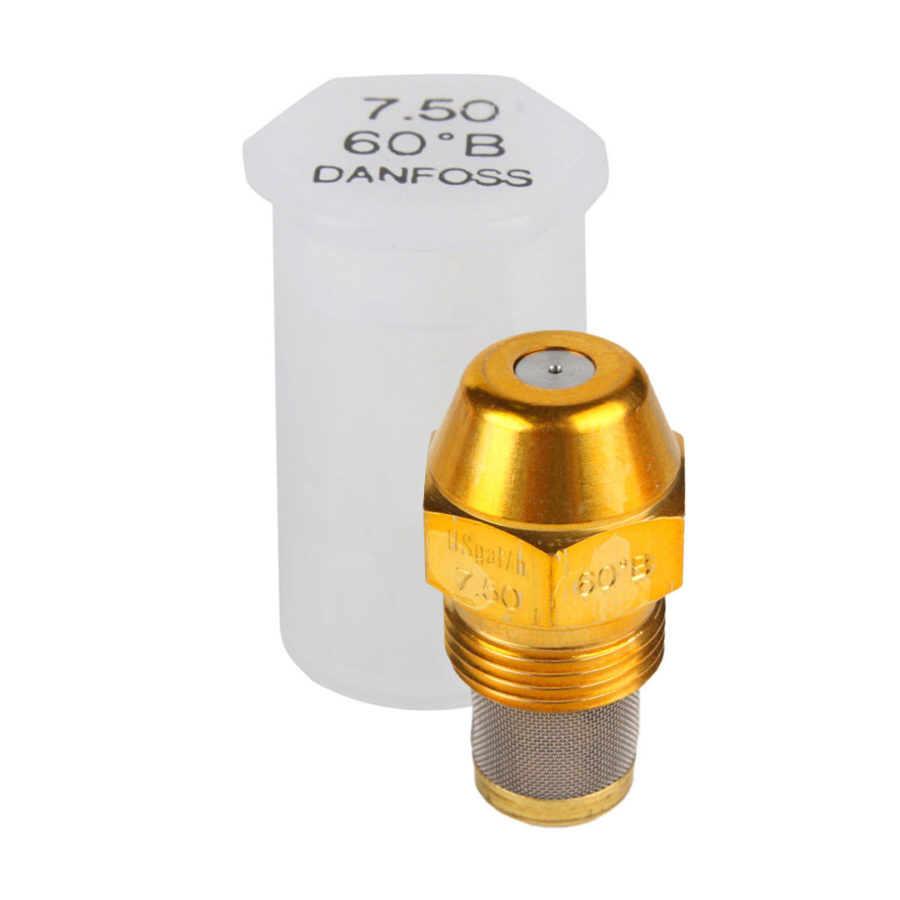
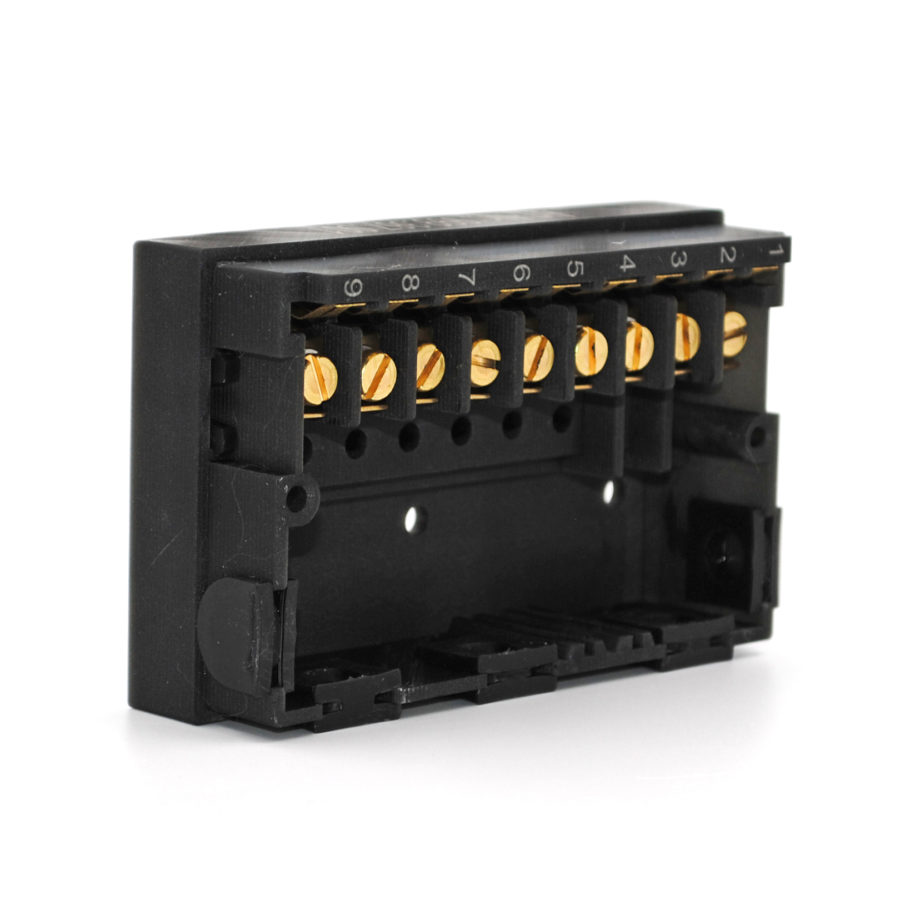
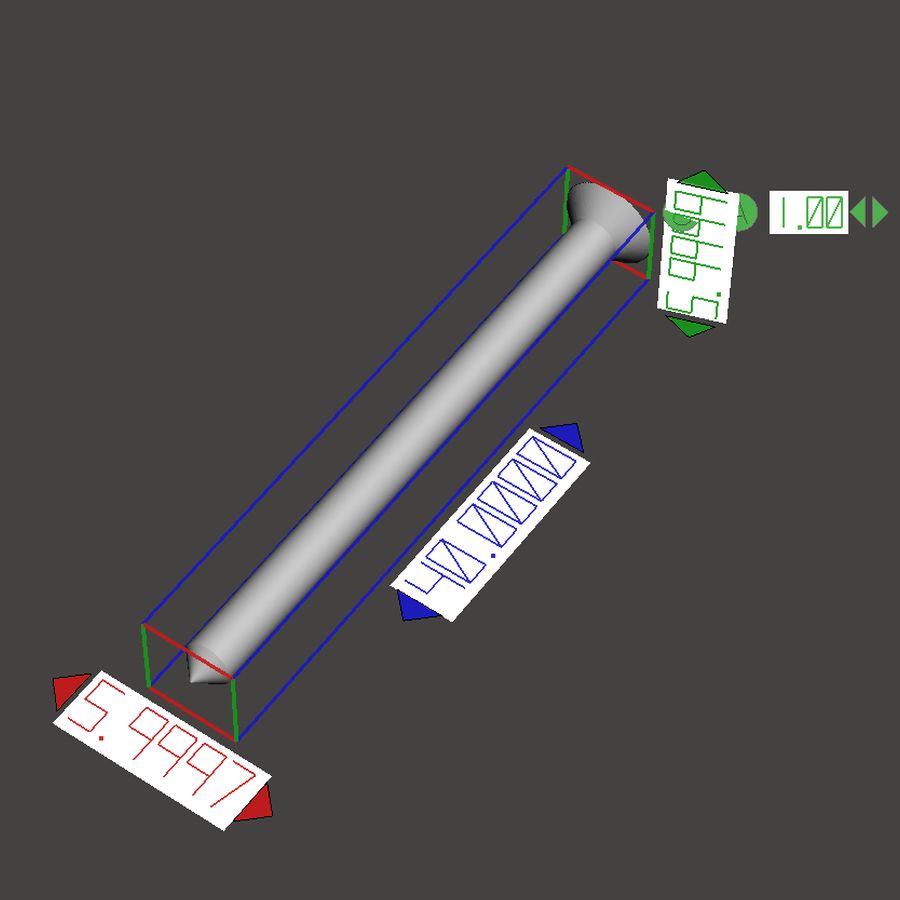
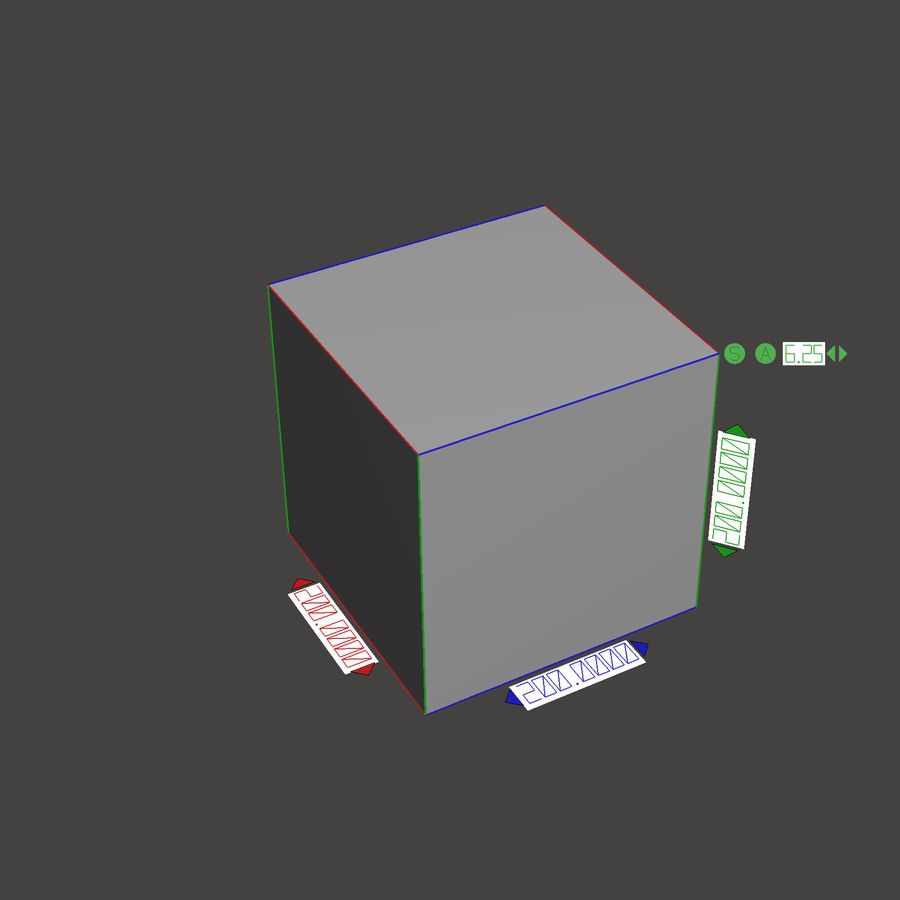
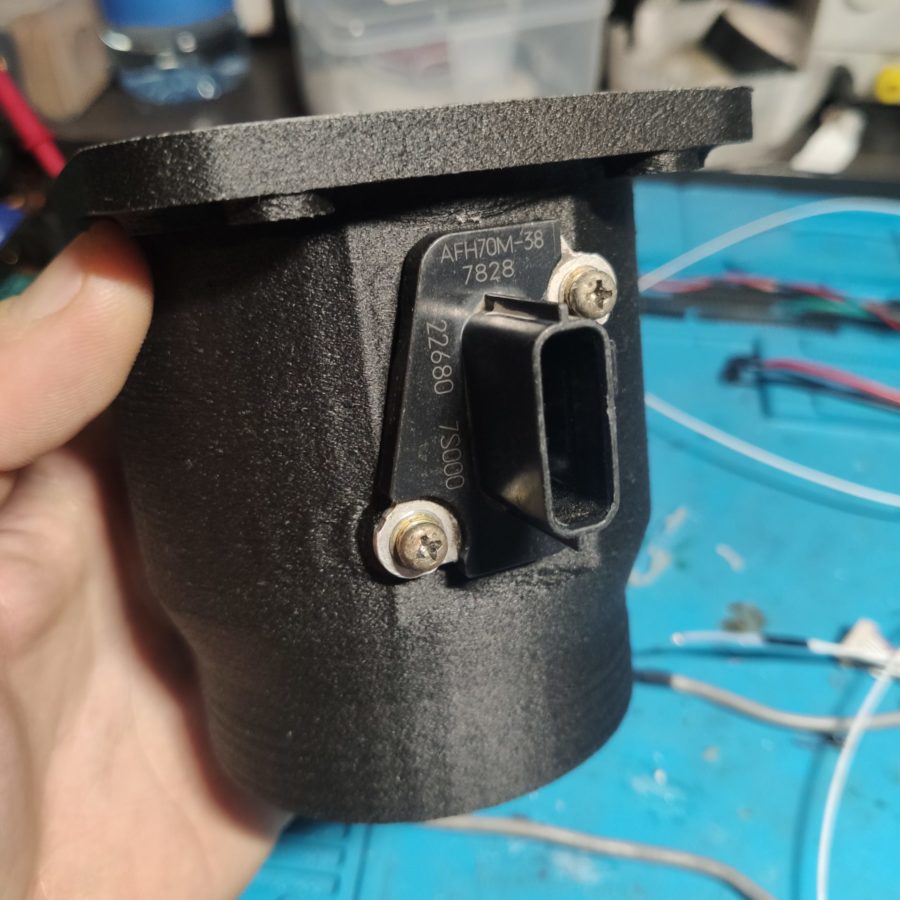
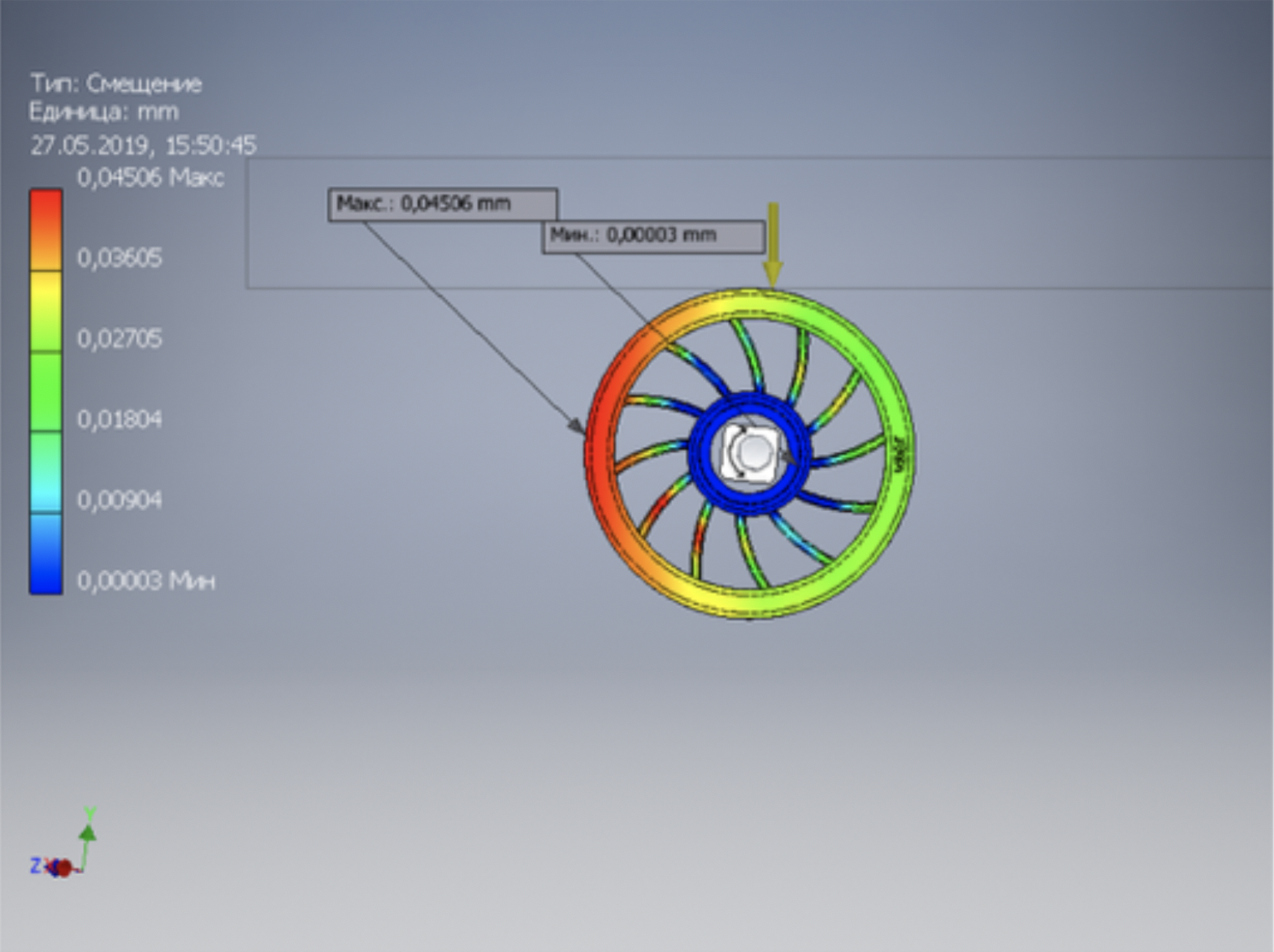
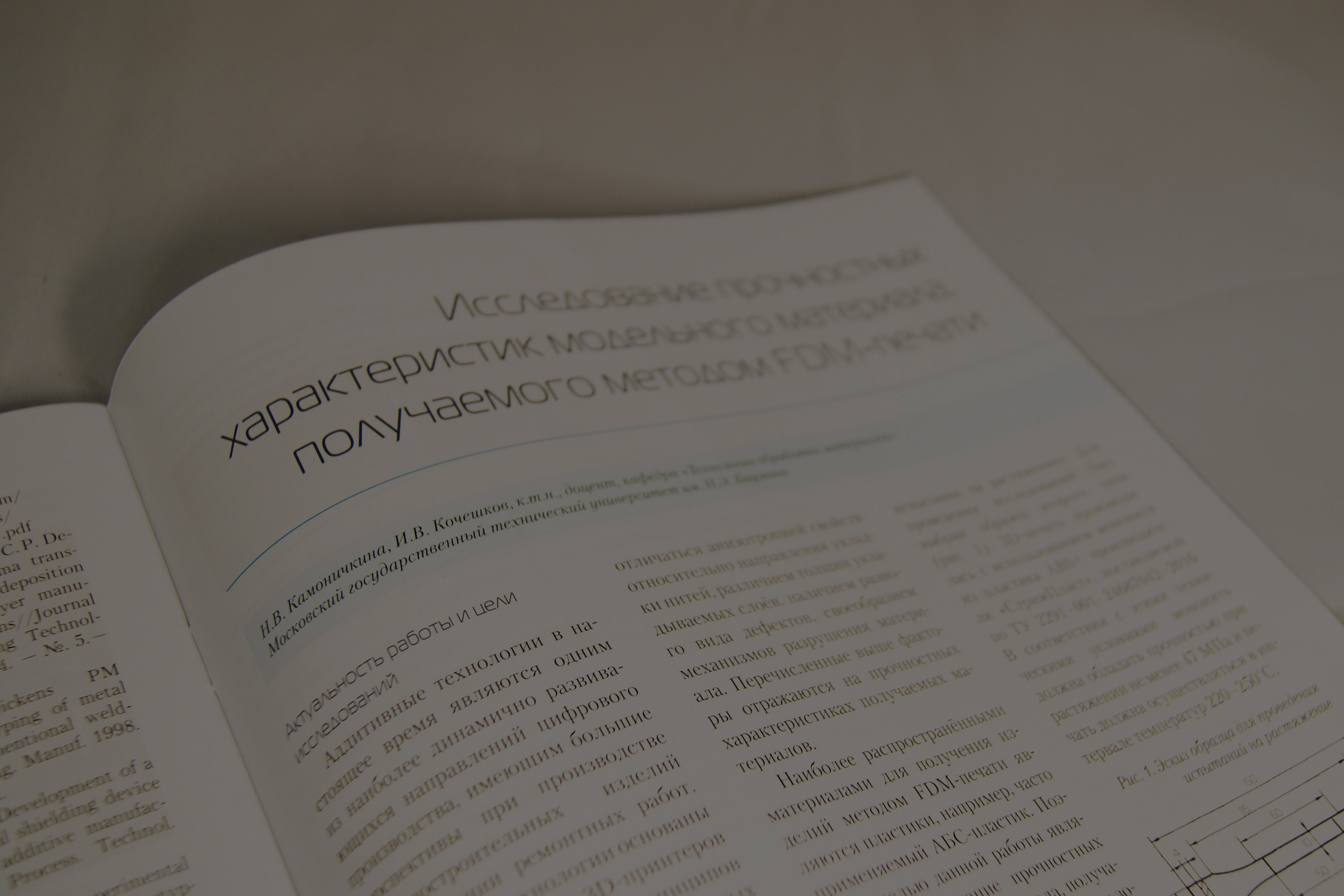
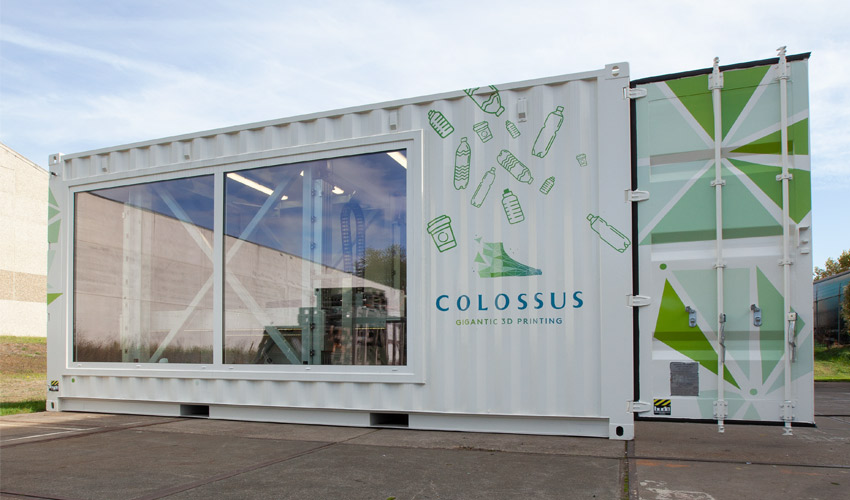

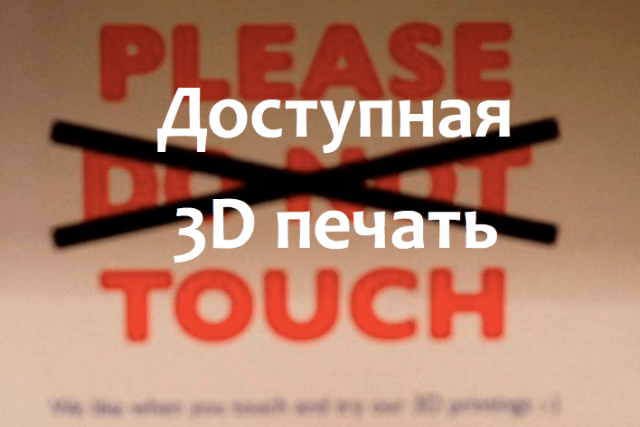

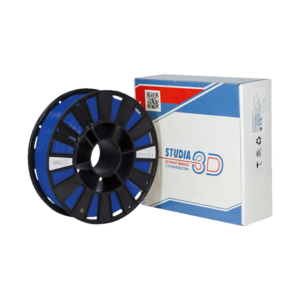
Author: Studia3D aggregator
More articles from Studia3D aggregator